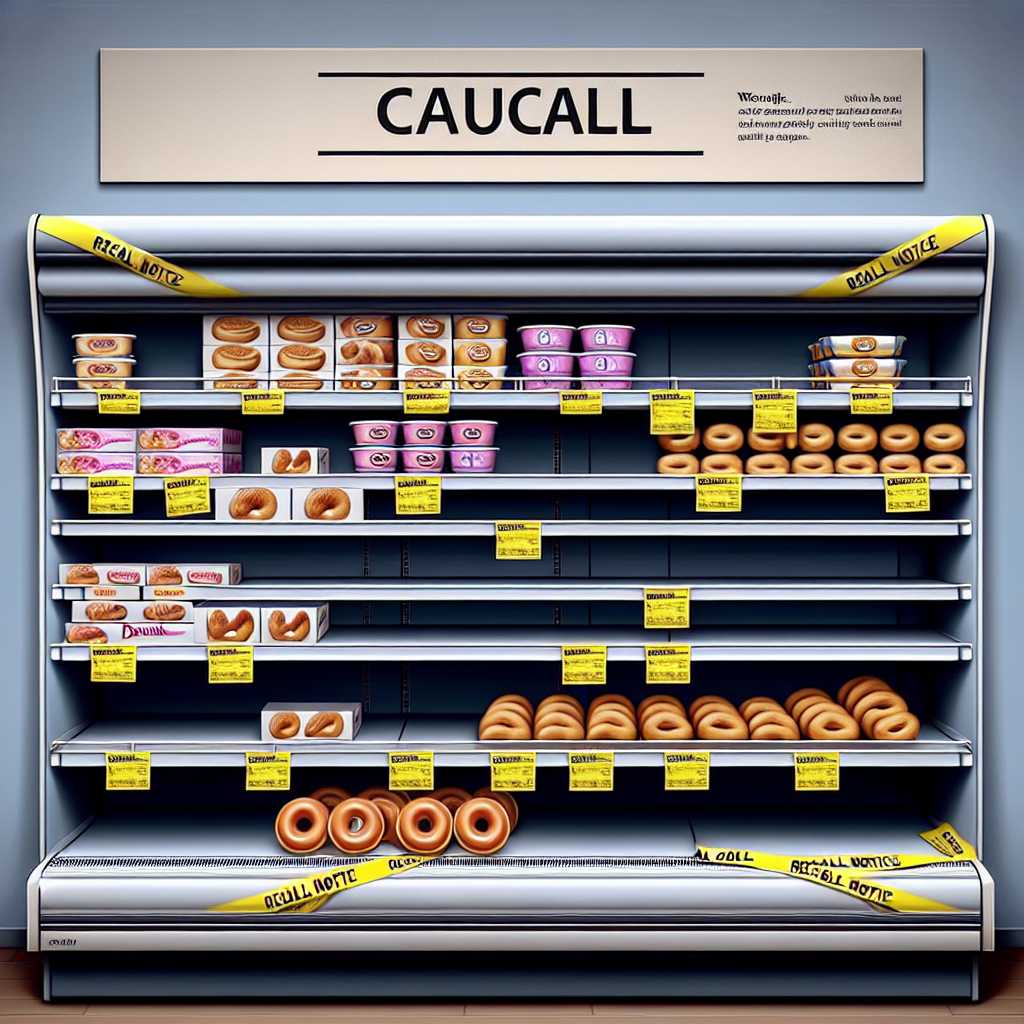Understanding the Impact of Nationwide Donut Recalls
The recall of food products is a significant event that can influence public health, consumer trust, and the financial well-being of companies involved. When it comes to popular consumer goods like donuts, a recall has the potential to affect a broad segment of the population due to their widespread availability and consumption. In this article, we will examine the reasons behind nationwide donut recalls, the processes involved, and the consequences for consumers and producers.
The Basics of Food Recall: When Donuts Need to be Retracted from Shelves
Understanding why donuts get recalled requires a look at food safety and regulation standards. A recall can occur due to various factors such as contamination, mislabeling, or the presence of undeclared allergens. These issues can pose serious health risks to consumers; therefore, regulatory bodies like the Food and Drug Administration (FDA) in the United States enforce strict guidelines to prevent such hazards.
When a recall is issued, it is the responsibility of the donut producer to notify retailers and inform the public about the potential dangers. Retailers are expected to remove the affected products from shelves promptly, while public notices help alert individuals who may have already purchased the products in question.
Common Causes for Donut Recalls
Several key issues may lead to a donut recall:
– Contamination: The presence of harmful bacteria such as E. coli or Salmonella can result in foodborne illnesses that necessitate a recall.
– Foreign Objects: The discovery of unintended materials like plastic or metal fragments in donuts triggers recalls to prevent consumer injury.
– Allergen Concerns: If donuts contain or may have come into contact with common allergens (such as peanuts or milk) that are not declared on the packaging, people with allergies could be at risk.
– Mislabeling: Incorrect labels can misinform consumers about ingredients or nutritional content, creating health risks for those with dietary restrictions or food sensitivities.
The Process and Notification of Donut Recalls
Once an issue is identified with a batch or production line of donuts, a recall process begins:
1.
Identification : The problem is detected through routine testing, consumer reports, or internal quality control measures.
2. Notification : The producer informs regulatory bodies and issues a press release explaining the issue and identifying which products are affected by the recall.
3. Removal : The implicated donuts are removed from sale across all distribution levels, including warehouses, stores, and online outlets.
2.
Notification : The producer informs regulatory bodies and issues a press release explaining the issue and identifying which products are affected by the recall.
3. Removal : The implicated donuts are removed from sale across all distribution levels, including warehouses, stores, and online outlets.
3.
Removal : The implicated donuts are removed from sale across all distribution levels, including warehouses, stores, and online outlets.
Efficient communication using social media, news services, and company websites is crucial in broadcasting urgent safety warnings to consumers and industry partners.
Impact on Consumers and Public Health
A nationwide donut recall can cause significant concern among consumers. A potential health threat leads to caution about purchasing certain brands or types of donuts until the issue has been resolved. For individuals who may have consumed an affected product, there is anxiety surrounding possible health consequences.
Public health organizations often assist in disseminating information about recalls and advising people on necessary action steps if they exhibit symptoms of a foodborne illness.
Effects on Producers and Supply Chain
A widespread donut recall can be devastating for producers economically and reputationally. The immediate costs include lost sales, destruction of unsellable goods, logistical expenses in managing the recall process, and potential legal ramifications from affected consumers.
Furthermore, once consumer confidence has been shaken, it can take extensive time and effort for a brand to rebuild its image and regain trust even after taking corrective actions.
Preventative Measures for Future Safety
In response to recalls, donut producers typically review and enhance their safety protocols. This could mean stricter supplier vetting, more thorough internal checks, improved staff training on contamination prevention, updated packaging practices to avoid mislabeling, or investment in new technology for quality control reporting systems that better identify risks before products reach consumers.
Notes
Image Description A supermarket shelf with an empty section cordoned off by yellow caution tape where donuts would usually be displayed. Visible signs read “Recall Notice” with smaller text detailing the specific products that have been recalled.
q74Sy

